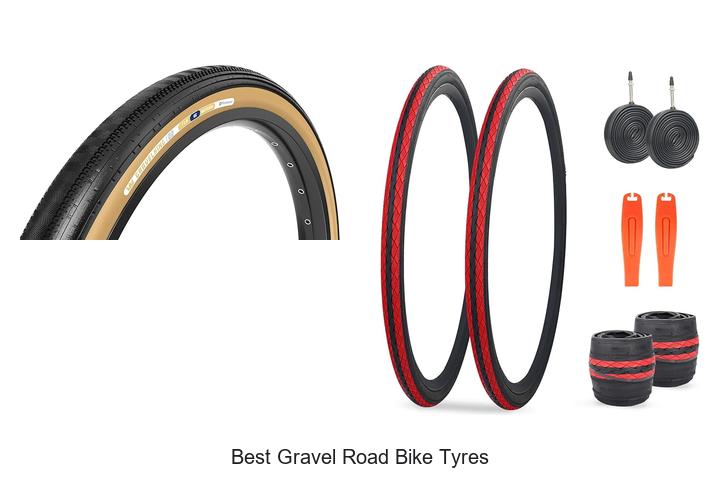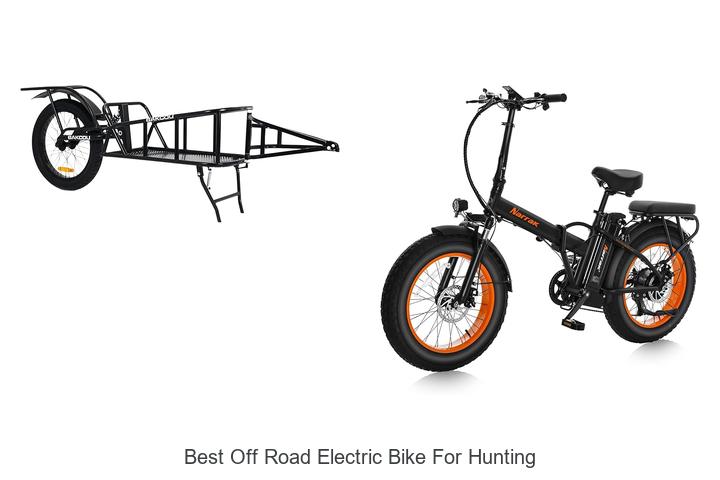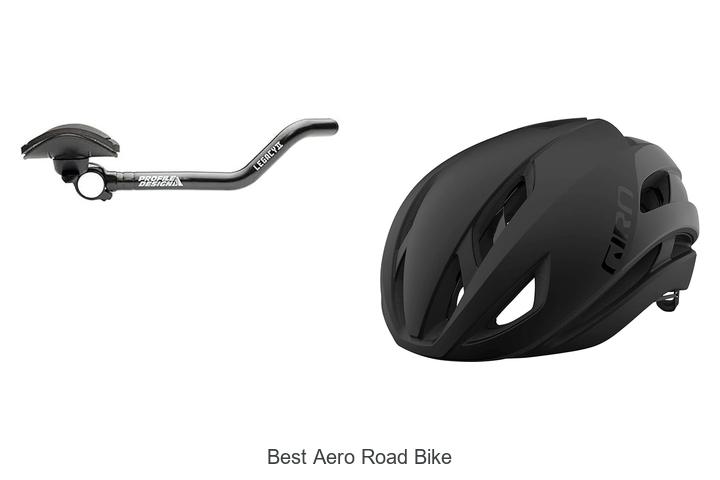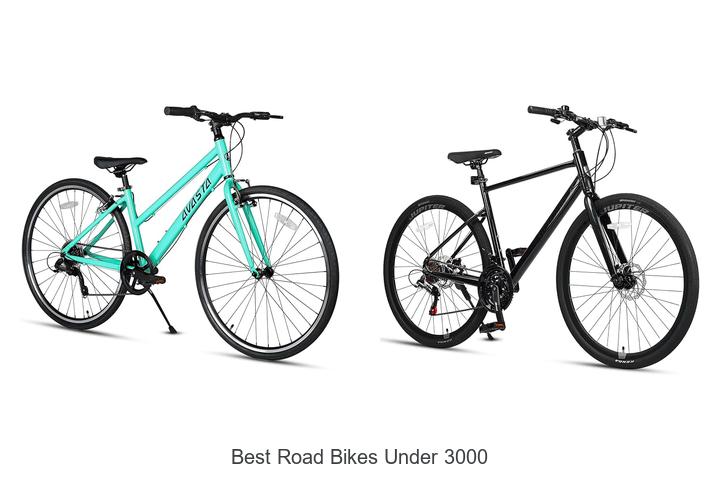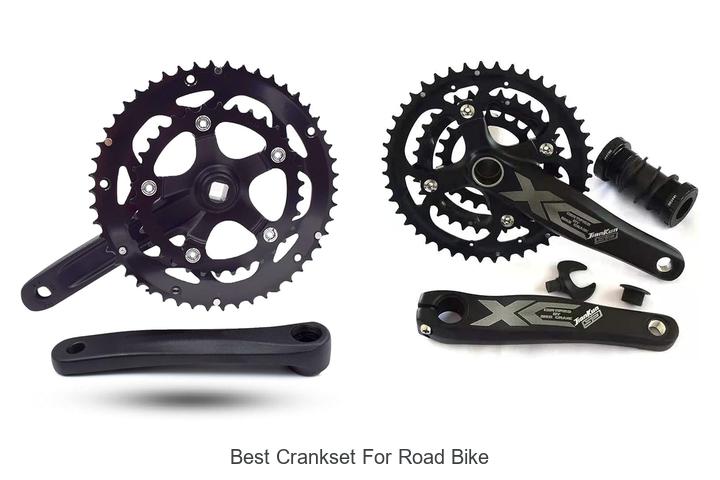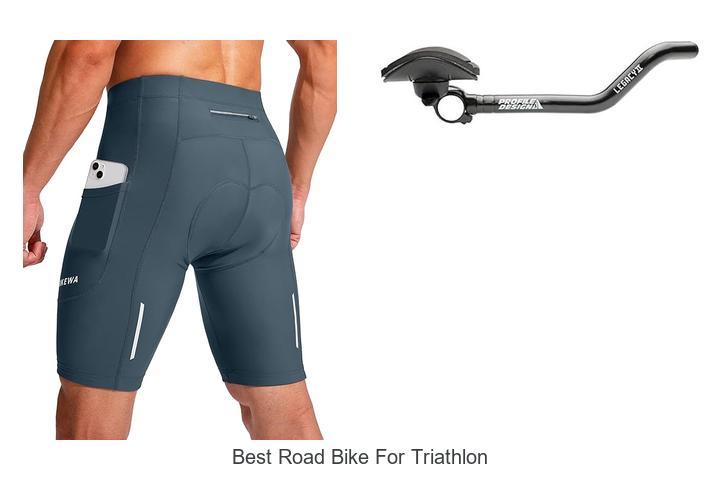What Is a Road Bike? Ultimate Guide to Features & Types
If you’re curious about cycling or looking to upgrade your ride, understanding what a road bike is can make all the difference. Road bikes are designed for speed and efficiency on paved surfaces, making them perfect for commuting, fitness, or long-distance rides.
You’ll notice they’re lightweight with skinny tires and a frame built to cut through the wind. Whether you’re aiming to join a cycling group or just enjoy a smooth ride on city streets, knowing the basics of road bikes helps you choose the right one for your needs. Let’s dive into what makes a road bike stand out from other types and why it might be the perfect fit for your cycling adventures.
What Is a Road Bike?
A road bike is a bicycle designed for fast travel on smooth, paved roads. It features a lightweight frame, usually made of aluminum, carbon fiber, or steel, allowing you to move quickly with less effort. The tires are narrow, measuring between 23mm and 28mm, reducing rolling resistance for efficient riding.
The handlebars curve downward, known as drop bars, providing multiple hand positions and an aerodynamic riding posture. This design reduces wind resistance and increases speed. Road bikes typically use a derailleur system with 16 to 24 gears, enabling you to handle varied terrain and maintain an optimal cadence.
You’ll notice the frame geometry is optimized for power transfer and agility, with a focus on a forward-leaning position. This helps you sustain higher speeds over long distances. Braking systems include rim brakes or disc brakes, with disc brakes offering better performance in wet conditions.
A road bike suits riders seeking speed, efficiency, and responsiveness on paved surfaces for purposes like commuting, fitness, or endurance cycling.
Key Features of a Road Bike
Road bikes combine specialized components to maximize speed and efficiency on paved roads. Understanding their frame design, tires, handlebars, and gearing helps you choose the right model.
Frame Design and Materials
Road bike frames focus on being lightweight and stiff to enhance power transfer and speed. You find frames made from aluminum, carbon fiber, or steel. Carbon fiber offers the best strength-to-weight ratio and vibration damping, whereas aluminum provides durability at a lower cost. Steel frames provide comfort and longevity but tend to be heavier. The frame geometry positions you forward for an aerodynamic posture, improving efficiency on long rides.
Tires and Wheels
Road bike tires measure between 23mm and 28mm in width to minimize rolling resistance and increase speed. Their smooth, slick surfaces reduce friction on pavement. Wheels often come with deep-section rims for aerodynamic benefits while maintaining lightness. Tubeless tires or those with minimal tread optimize grip and comfort on smooth surfaces without sacrificing speed.
Handlebars and Gearing
Drop handlebars allow multiple hand positions, helping you maintain comfort and aerodynamics during varied riding conditions. They bring you into a lower, streamlined posture reducing wind resistance. Road bikes feature derailleur systems with 16 to 24 gears. This range enables you to adjust cadence efficiently across flat roads, climbs, and descents, maximizing performance and endurance on varied terrain.
Types of Road Bikes
Road bikes come in various types, each designed to meet specific cycling needs. Understanding these types helps you choose the right bike for your goals and riding style.
Racing Bikes
Racing bikes focus on speed and lightweight performance. They feature aggressive frame geometry that positions you low and forward to reduce wind resistance. Components prioritize weight savings without sacrificing stiffness, using materials like carbon fiber. Narrow tires, often 23mm to 25mm, and deep-section rims enhance aerodynamics. You’ll find fewer comfort features, as these bikes optimize every aspect for competitive and fast-paced riding.
Endurance Bikes
Endurance bikes blend comfort with efficiency for long-distance rides. Their frame geometry offers a more upright position than racing bikes, reducing strain on your back and neck. They usually have slightly wider tires, between 25mm and 28mm, to provide better shock absorption and traction. Features may include compliance-enhancing frame designs and vibration-damping materials. These bikes suit you if you want sustained performance without sacrificing comfort on rougher paved roads.
Touring Bikes
Touring bikes emphasize durability and load-carrying capacity for multi-day trips. Their frames are sturdier and designed to handle heavy racks and panniers. You can expect relaxed geometry that prioritizes stability and comfort over speed. Tires are wider, typically 28mm or more, to handle varied surfaces. Touring bikes often feature additional mounting points for accessories and robust gearing systems for climbing with heavy loads. Choose a touring bike if your rides involve extended travel with gear.
Benefits of Riding a Road Bike
- Speed and Efficiency: You gain higher speeds on paved surfaces due to lightweight frames and skinny tires that reduce rolling resistance.
- Aerodynamic Advantage: You maintain an aerodynamic posture using drop handlebars, which lowers wind resistance and conserves energy during long rides.
- Versatile Gear Range: You smoothly adjust to varied terrain and cadence with 16 to 24 gears, ensuring efficient pedaling whether climbing hills or sprinting on flats.
- Improved Fitness: You engage multiple muscle groups while cycling, making road biking an effective cardiovascular and strength-building workout.
- Longevity for Long Distances: You experience enhanced comfort on endurance and touring road bikes designed with ergonomic geometry and wider tires to absorb shock over extended rides.
- Lightweight Construction: You handle and accelerate more easily thanks to materials like carbon fiber or aluminum that optimize weight without sacrificing strength.
- Better Control: You benefit from precise steering and braking responsiveness with advanced rim or hydraulic disc brake systems, especially in wet conditions.
- Commuting Efficiency: You reduce travel time and enjoy smooth rides on city streets, benefiting from the bike’s speed and maneuverability.
How to Choose the Right Road Bike
Consider your primary riding purpose when selecting a road bike. Choose a racing bike for speed and performance, an endurance bike for comfort on long rides, or a touring bike for carrying gear on multi-day trips.
Match the frame material to your needs. Carbon fiber suits those seeking lightweight and stiffness. Aluminum offers durability and affordability. Steel provides comfort but adds weight.
Evaluate frame geometry based on riding style. Aggressive geometry favors speed and agility. Upright geometry improves comfort and control for longer rides.
Select tire width by terrain and comfort preference. Narrow tires (23-25mm) reduce rolling resistance for smooth roads. Wider tires (28mm or more) enhance shock absorption and stability.
Prioritize handlebar type carefully. Drop bars provide multiple hand positions and aerodynamic benefits. Choose ergonomic features that reduce fatigue.
Check the gear range according to terrain variation. More gears, typically 16 to 24, help maintain optimal cadence on diverse roads. Simpler setups reduce maintenance.
Assess braking systems for safety and conditions. Disc brakes deliver consistent stopping power in wet weather. Rim brakes are lighter and easier to maintain in dry environments.
Size your bike correctly for comfort and efficiency. Confirm frame size matches your height and inseam. Test ride to ensure reach and saddle position suit your body.
Select wheelsets that balance speed and durability. Deep-section rims optimize aerodynamics but may add weight. Standard rims improve handling and longevity.
Factor in additional features like mounting points for racks and fenders if you plan commuting or touring. Evaluate budget constraints while focusing on components that influence ride quality.
Conclusion
Choosing a road bike means investing in a ride that’s tailored for speed, efficiency, and comfort on paved surfaces. Whether you’re aiming for fast commutes, long-distance endurance, or multi-day tours, there’s a style and setup designed to fit your goals.
By understanding the key features and types of road bikes, you’ll be better equipped to find one that matches your riding style and needs. Your perfect road bike will not only enhance your performance but also make every ride more enjoyable and rewarding.
Frequently Asked Questions
What is a road bike designed for?
A road bike is designed for fast travel on smooth, paved roads. It features a lightweight frame, narrow tires, and an aerodynamic design to maximize speed and efficiency.
What materials are commonly used for road bike frames?
Road bike frames are typically made from carbon fiber, aluminum, or steel. Carbon fiber offers the best strength-to-weight ratio, aluminum is durable and affordable, and steel provides comfort but is heavier.
What are the typical tire sizes for road bikes?
Road bike tires generally range from 23mm to 28mm in width, designed to reduce rolling resistance and improve speed on paved surfaces.
What types of handlebars do road bikes have?
Road bikes use drop handlebars, allowing multiple hand positions and an aerodynamic riding posture that enhances comfort and speed.
How many gears does a typical road bike have?
Road bikes usually have between 16 to 24 gears, allowing riders to adjust cadence and handle varied terrain efficiently.
What are the main types of road bikes?
The three main types are racing bikes (lightweight and aggressive), endurance bikes (comfortable for long rides), and touring bikes (durable with load-carrying ability).
What are the benefits of riding a road bike?
Road bikes offer increased speed, improved fitness, aerodynamic advantage, efficient gear range, lightweight handling, and better braking control, making them ideal for commuting and long-distance rides.
How do I choose the right road bike?
Consider your primary use: racing for speed, endurance for comfort, or touring for carrying gear. Also, factor in frame material, geometry, tire width, handlebars, gears, braking system, and proper sizing.
What braking systems do road bikes use?
Road bikes may use rim brakes or disc brakes, with disc brakes offering better performance, especially in wet conditions.
Are road bikes suitable for commuting?
Yes, road bikes provide efficient travel on city streets with lightweight frames and aerodynamic designs, which can reduce travel time during commutes.
